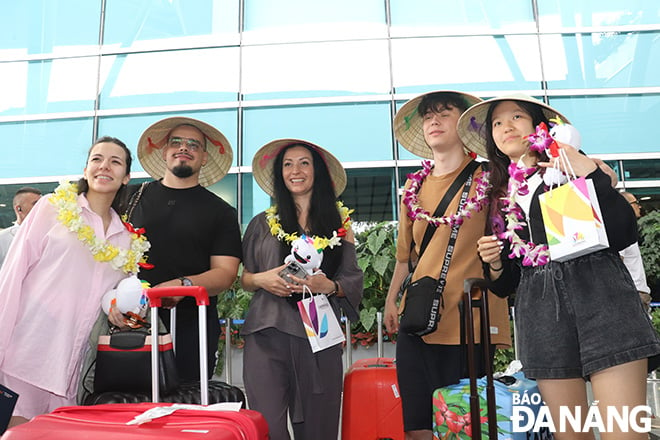 |
| International tourists appreciate the friendliness and hospitality of Da Nang city. IN PHOTO: Uzbekistan tourists are welcomed at Da Nang airport. Photo: NGOC HA |
According to the report “Vietnam Provincial Tourism Development Index (VTDI) 2024”, Da Nang city ranked first, with a score of 4.89. To maintain this ranking, the city needs to focus on developing the most highly rated pillars including: health and hygiene, human resources and labor market, priority for tourism, infrastructure and tourism services, environmental and energy sustainability in tourism, etc.; at the same time, aim to improve other index groups and pillars according to VTDI.
Effective destination management capacity
Da Nang topping the rankings is a well-deserved result, affirmed by experts and tourism industry players. This is a clear demonstration of the city’s effective destination management capacity, favorable environment and synchronous development strategy.
According to Mr. Nguyen Son Thuy, Director of Visit Indochina Co., Ltd., this is a fairly objective and convincing result. The highly appreciated pillars specifically demonstrate each aspect and angle that Da Nang is doing well and very well compared to other localities in the country. The highlight of Da Nang tourism is the advantage not only in natural resources, landscapes, heritage, culture but also the cooperation from local authorities, tourism management agencies, tourism business community and people. The city's tourism development policies are appropriate, creating reasonable conditions for the environment, businesses and people from infrastructure construction, urban transportation, to in-depth development policies for each theme such as MICE tourism (tourism combined with conferences, seminars, exhibitions), wedding tourism, culinary tourism, culture, sports, etc. "The tourism industry exploits in depth the indigenous cultural resources, digital tourism resources, turning "invisible" values into "tangible" tourism products for tourists to experience. The evaluations of domestic and international media, international awards for Da Nang tourism in recent years are worthy proof for the city", Mr. Thuy shared.
Developing in-depth tourism products associated with cultural identity
Experts said that the above results are not only an honor, but also a challenge for the city in the context of increasingly high competition among destinations. Ms. Vo Thi Quynh Nga, Head of the Faculty of Tourism, University of Economics (University of Danang), proposed that in order to increase competitiveness in the next period, Danang needs to focus on improving a number of pillars, specifically paying attention to the index of collecting and sharing tourism data, cultural resources, non-recreational resources, sustainable tourism, and socio-economic impacts of tourism. The city can consider establishing and gradually perfecting a tourist data analysis system (demographic characteristics and behavioral characteristics) to support state management agencies and tourism businesses in making real-time policy decisions. Based on the historical and cultural potential of the Central region, the city can consider developing in-depth tourism products associated with local cultural identity. At the same time, consider investing in green transformation activities in tourism, in developing sustainable tourism products such as restoration tourism, community tourism, educational tourism, agricultural tourism, medical tourism related to mental health, etc.
Many opinions also expressed that the city needs to pay attention to and prioritize sustainable factors in tourism development. Accordingly, there must be solutions to overcome seasonality in tourism; forecast, warn, orient new spaces, new tourism development space; increase deep participation in organizing sustainable tourism development, strengthen criteria and indicators on tourism development in a locality, such as responsible tourism, community tourism, green tourism, digital tourism, artificial intelligence (AI) technology, etc.
Through research, it is known that the Private Economic Development Research Board, the Prime Minister's Advisory Council for Administrative Procedure Reform, has developed a report "Vietnam Provincial Tourism Development Index VTDI 2024" to send to the People's Committees of provinces and centrally run cities for research and reference in the process of building local tourism development strategies, serving the task of comprehensive, fast and sustainable tourism development under the direction of the Government and the Prime Minister. The process of selecting 30 provinces and cities to participate in VTDI 2024 is based on a combination of many factors that have been researched in VTCI 2019 and 2021.
VTDI is made up of 17 pillars and 111 collected indicators. |
NGOC HA
Source: https://baodanang.vn/du-lich-da-nang/202505/diem-cong-cho-du-lich-da-nang-4006186/


![[Photo] General Secretary To Lam works with the Central Policy and Strategy Committee](https://vphoto.vietnam.vn/thumb/1200x675/vietnam/resource/IMAGE/2025/5/28/7b31a656d8a148d4b7e7ca66463a6894)
![[Photo] Vietnamese and Hungarian leaders attend the opening of the exhibition by photographer Bozoky Dezso](https://vphoto.vietnam.vn/thumb/1200x675/vietnam/resource/IMAGE/2025/5/28/b478be84f13042aebc74e077c4756e4b)
![[Photo] Prime Minister Pham Minh Chinh receives a bipartisan delegation of US House of Representatives](https://vphoto.vietnam.vn/thumb/1200x675/vietnam/resource/IMAGE/2025/5/28/468e61546b664d3f98dc75f6a3c2c880)

![[Photo] 12th grade students say goodbye at the closing ceremony, preparing to embark on a new journey](https://vphoto.vietnam.vn/thumb/1200x675/vietnam/resource/IMAGE/2025/5/28/42ac3d300d214e7b8db4a03feeed3f6a)

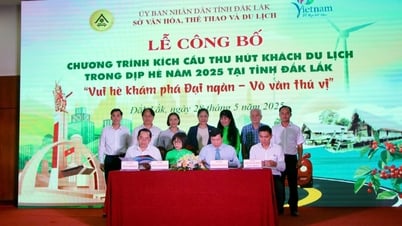


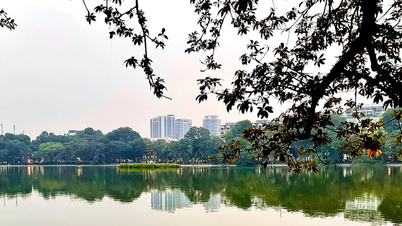





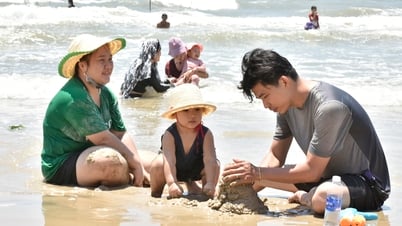





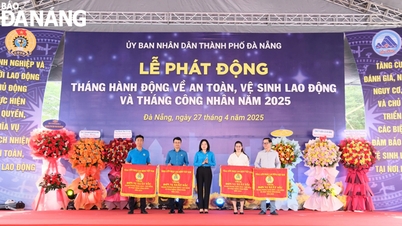
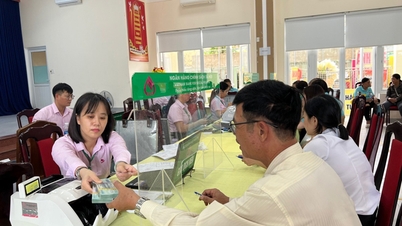
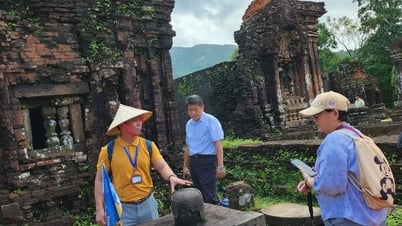


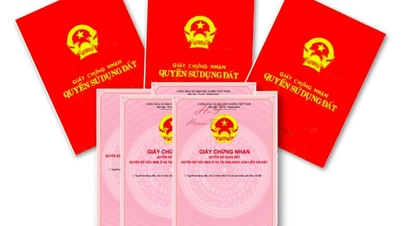


















































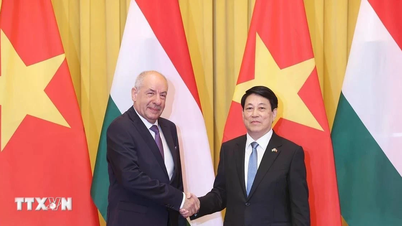
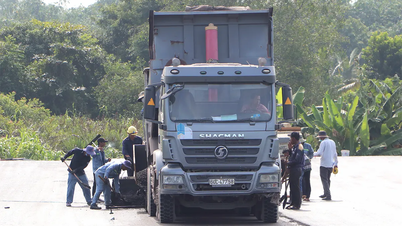

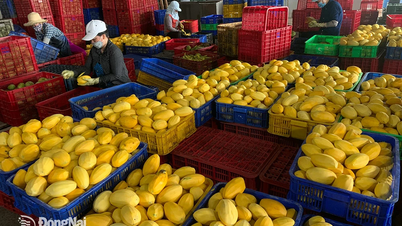
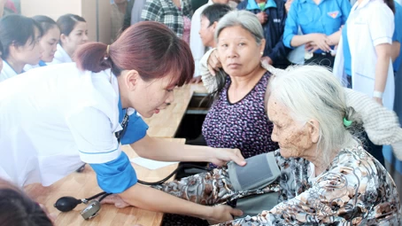
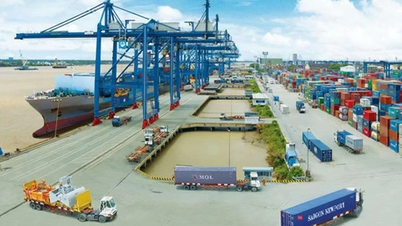







Comment (0)